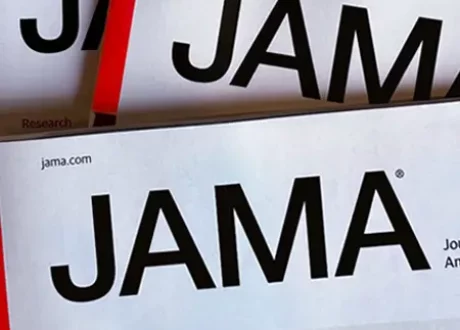Written by Carmen Wolfe
![]()
Giving calcium for hyperkalemia restores normal cardiac conduction velocity but does not restore resting membrane potential, as is commonly stated.
It works, but not how you were always taught…
Emergency physicians know that calcium is critical for treatment of hyperkalemia when QRS widening is noted on electrocardiogram (ECG). Despite years of lecturers citing “membrane stabilization” as the rationale, a new study suggests this isn’t an accurate description.
In this laboratory investigation, authors utilized canine transmural wall wedge preparations to investigate the effects of calcium and potassium on cardiac conduction. Hyperkalemia slowed conduction velocity (widening the QRS) and shortened the action potential duration (causing peaked and narrowed T waves). Treatment with calcium improved conduction velocity, but did not restore action potential duration and had no effect on resting membrane potential. The phrase “membrane stabilization” isn’t an accurate physiologic description of why calcium administration is indicated in hyperkalemia with ECG changes.
How will this change my practice?
I’ll be updating my hyperkalemia teaching slides to remove the commonly used term “membrane stabilization” in favor of a more accurate description. I will still administer calcium when QRS widening is present due to hyperkalemia, and will have a better understanding of why calcium is unlikely to benefit the patient if peaked T waves are the only finding.
Source
Beneficial Effect of Calcium Treatment for Hyperkalemia Is Not Due to “Membrane Stabilization”. Crit Care Med. Published online July 24, 2024. PMID: 39046789.








